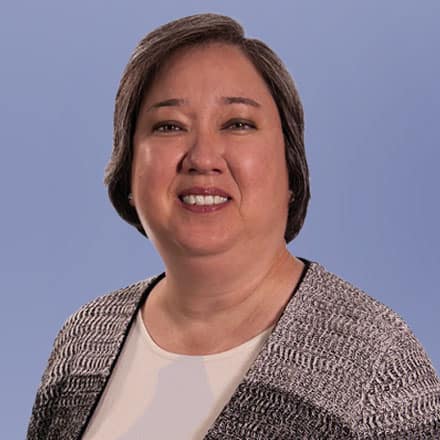Inside Angle
From 3M Health Information Systems
Has your state or payer adopted EAPGs? Understanding the basics
Florida is known for its high population of retirees. I just recently moved from the Panhandle down to Southwest Florida, leaving a mostly rural area with families and young people. Now, most of my neighbors are Medicare retirees and active older people, and I live in an area where there are a number of medical facilities: hospitals, outpatient centers, clinics, and ambulatory surgery centers. A ton of medical services are provided in this market due to the abundant demand.
In my work as a 3M methodology consultant to health plans and providers, I hear two things over and over. First, outpatient services are overtaking inpatient services in terms of volume, and second, the population of patients who are eligible for Medicare is increasing. While not necessarily surprising, these two trends point to a real need to categorize and accurately pay for these increased outpatient services. It’s important to understand current health care payment systems when analyzing whether claims submitted by providers and/or reimbursement received from payers accurately reflects the health status and severity of a patient population.
And that brings me to the point of this blog: it’s not all about Medicare. Eighteen state Medicaid agencies, including Florida, and 13 commercial payers have adopted Enhanced Ambulatory Patient Groups (EAPGs) for payment. The EAPG outpatient prospective payment system (OPPS) classification methodology, developed by 3M, was designed for today’s complex ambulatory environment. Payers and state Medicaid agencies like the flexibility of the EAPG system, and providers can be confident that outpatient claims are accurately coded and will generate appropriate reimbursement.
For those who are more familiar with Medicare APCs, a few points about EAPGs that make it significantly different. With Medicare APCs, for example, emergency department visits are grouped and reimbursed based on the procedure code for the visit. In the case of EAPGs, when there are no significant procedures on the same visit as the ED visit, the visit is classified by the diagnosis code, which makes it more clinically relevant for data analysis. Not all Level 3 ED visits will be grouped and reimbursed the same. It will depend on the clinical diagnostic reason as to why the patient was seen.
While Medicare APCs depend on edits to determine which services will be reimbursed, EAPGs use consolidation to determine services that will be reimbursed at 100 percent and other services that reflect the same type of procedure or are clinically related, and which will be bundled or reimbursed at a lesser rate. These policy decisions are determined by the state Medicaid agency or commercial payer at the time EAPGs are implemented.
For health care facilities and payers who want to learn more about this comprehensive methodology for outpatient services, read our latest e-guide, which is hot off the press!
Lisa Lanier is a methodology consultant for Grouper Based Service Offerings with the Population and Payment Solutions group for 3M Health Information Systems.
Click to learn more about 3M Clinical and Economic Research.


